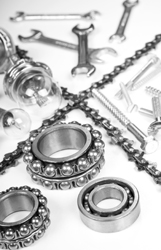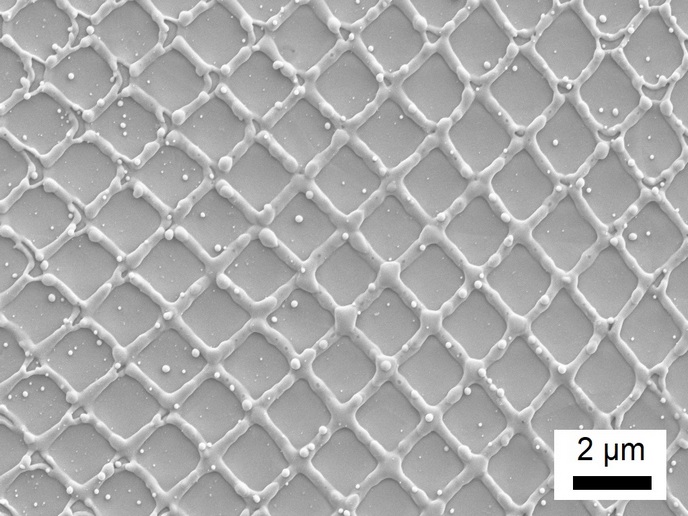Improved ball bearing technology for aircraft safety
Among the most important safety feature of pressure cookers is a valve that relieves a bit of pressure, decreasing the temperature and returning the device to safe operating levels. Such valves are common on all kinds of equipment, including aircraft. So-called bleed valves relieve pressure for downstream pipes and the air cooling system. Development of more powerful engines with strong vibration and elevated operating temperatures has led to an increasingly hostile environment near the engine. As a result, rapid degradation of ball bearings that reduce friction between the axle and rotating components has caused numerous valve failures in recent years. Failure of bleed valves as a result can lead to cabin depressurisation and the immediate need to land at the closest airport. Aside from obvious risks to passengers and crew, such occurrences impose a severe economic burden on airlines due to downtime, maintenance and rescheduling. They also affect public image and future market position. European scientists tackled this issue with EU funding of the ‘New generation of aeronautical bearings for extreme environmental constraints’ (Bearings) project. Using recent advances in modelling, researchers sought to identify innovative materials and develop adapted processes to enhance the reliability and safety of bearings associated with the bleed system and auxiliary power unit. Researchers identified the mechanisms responsible for the rapid deterioration of the ball bearing surface, enabling them to select materials and their processing methods required for protection. The Bearings project delivered innovative bearing prototypes that promise to extend the lifetime of components whose failure is associated with sudden cabin depressurisation and emergency landings. Although a relatively small component, the improved bearing and its eventual commercialisation could enhance the competitiveness of the European aircraft industry in a big way.







